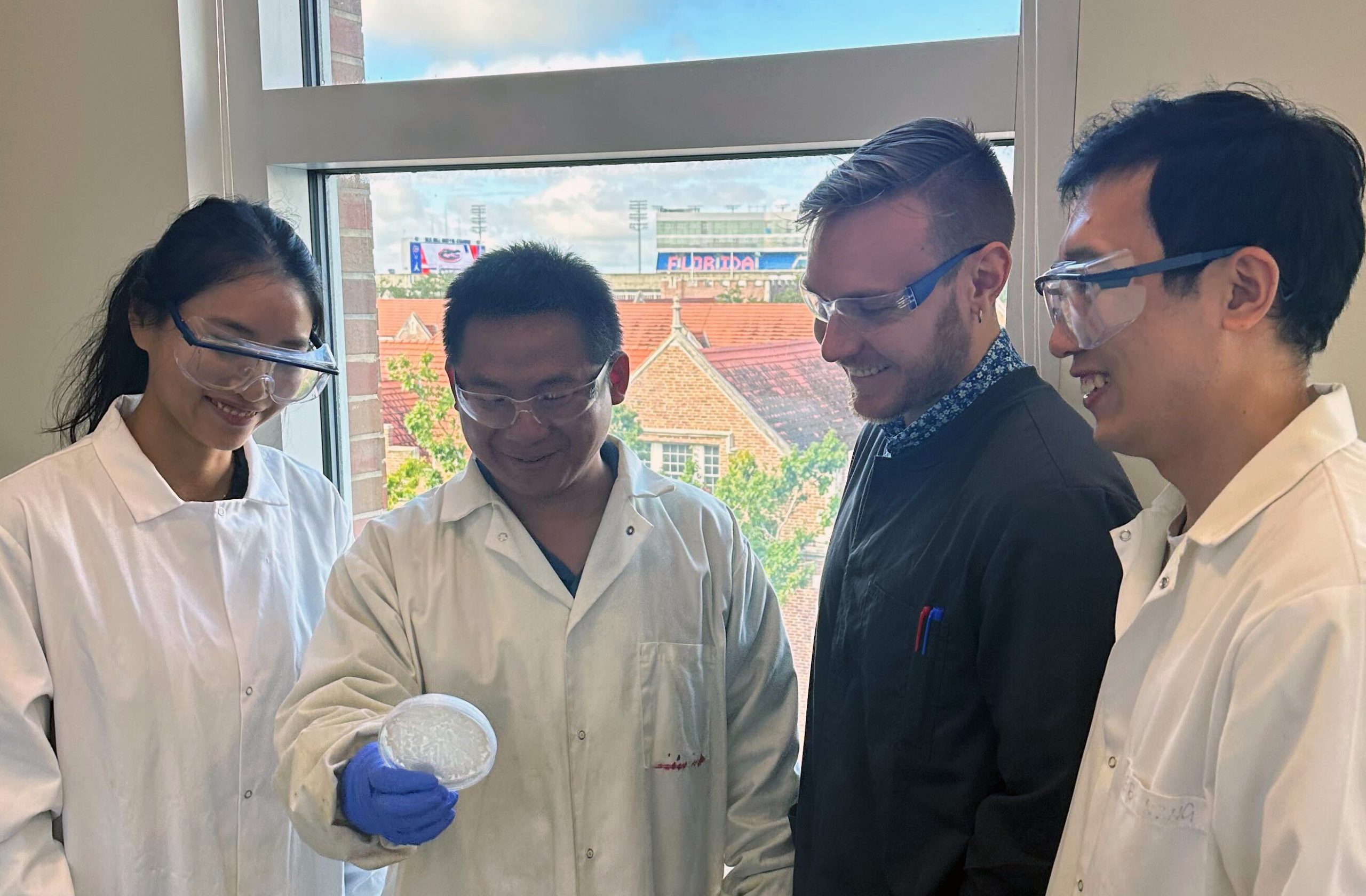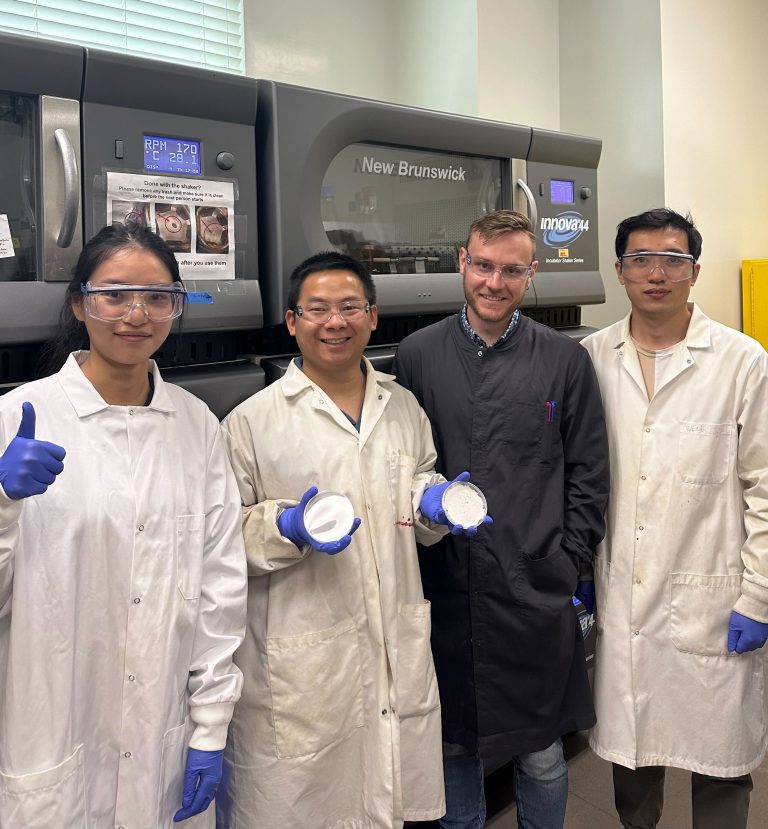
UF Chemists Uncover New Natural Compound
A team of UF chemists has unveiled a previously unknown natural compound, as well as an entirely new family of enzymes. This breakthrough offers insights into the intricate processes that govern natural substances. It enhances our understanding of how complex molecules are made in nature while prompting big questions about the evolutionary dynamics of genetics.
In findings published in the Journal of the American Chemical Society, the researchers revealed a new terpenoid, biosynthesized in an unusual way. Terpenoids, a diverse group of natural compounds, can be found in all living organisms. Characterized by intricate carbon-based structures that impart distinct three-dimensional shapes, these chemical compounds have garnered vast attention for their diverse applications in pharmaceuticals, biofuels, cosmetics, and agrochemicals.
As the largest family of natural products, terpenoids contribute to an array of fragrances and flavors, such as essential oils and menthol. Moreover, they play a crucial role in safeguarding plants against predators and pathogens.
“Terpenes are cool, and it’s not only plants that make them,” said lead author of the study, chemist Jeffrey Rudolf. “Bacteria of all types make them, too.”

Of the many varied applications for terpenoids, Rudolf’s research group is interested in their medicinal value. While terpenoids are currently used in the production of the anti-cancer medication Taxol and the anti-malarial drug artemisinin, Rudolf’s team hopes their efforts to understand terpenoids’ complexities will open new avenues to improve human health. The Rudolf Lab takes an interdisciplinary approach to its research, pulling in aspects of microbiology, genetics, genomics, chemistry, biosynthesis, metabolomics, and enzymology.
“We’re interested in studying terpenoids of bacterial origin,” said Rudolf, “as their structures, biological activities, and properties are different from those produced by plants, fungi, and animals.”
The diverse properties of terpenoids make them valuable building blocks for drug discovery, as even a small structural variation in a molecule can drastically alter its activity. This makes the discovery of a new terpenoid a critical step toward progress. “Its organic framework is extremely rare in nature, with only four known cases,” said Rudolf.
Beyond the potential for health applications, Rudolf’s group is interested in grasping a better understanding of how nature works. According to Rudolf, the types of terpenoids the team uncovered are rarely found in bacteria, but common in corals.

“There are broad biosynthetic and evolutionary questions about how and why these molecules are made in these drastically different organisms that reside in different environments,” he said.
During their investigation, the chemists also stumbled upon a completely new family of enzymes in the process. Biochemists can often predict enzyme function by studying their protein sequences, Rudolf explains, relying on knowledge from similar, previously studied enzymes. However, this particular enzyme has a sequence unlike any other characterized protein, making it a complete unknown in the field.
The researchers also discovered an enzyme that had lost its natural function due to an evolutionary genetic deletion. By mending this genetic defect, they were able to revive its ancestral function. The reasons behind its loss of function in nature remain a compelling mystery.
These findings allow us to understand how these complex molecules are made in nature, identify and develop biocatalytic tools for synthetic applications, and use the new gene information for future natural product discovery.
Looking ahead, Rudolf’s team hopes to continue its search for new terpenoids. “We’ve only scratched the surface of what is known of bacterial terpenoids,” Rudolf said. “With the discovery of these enzymes, we can now use them to probe microbial genomes to find new molecules.”
Read the full study here.


